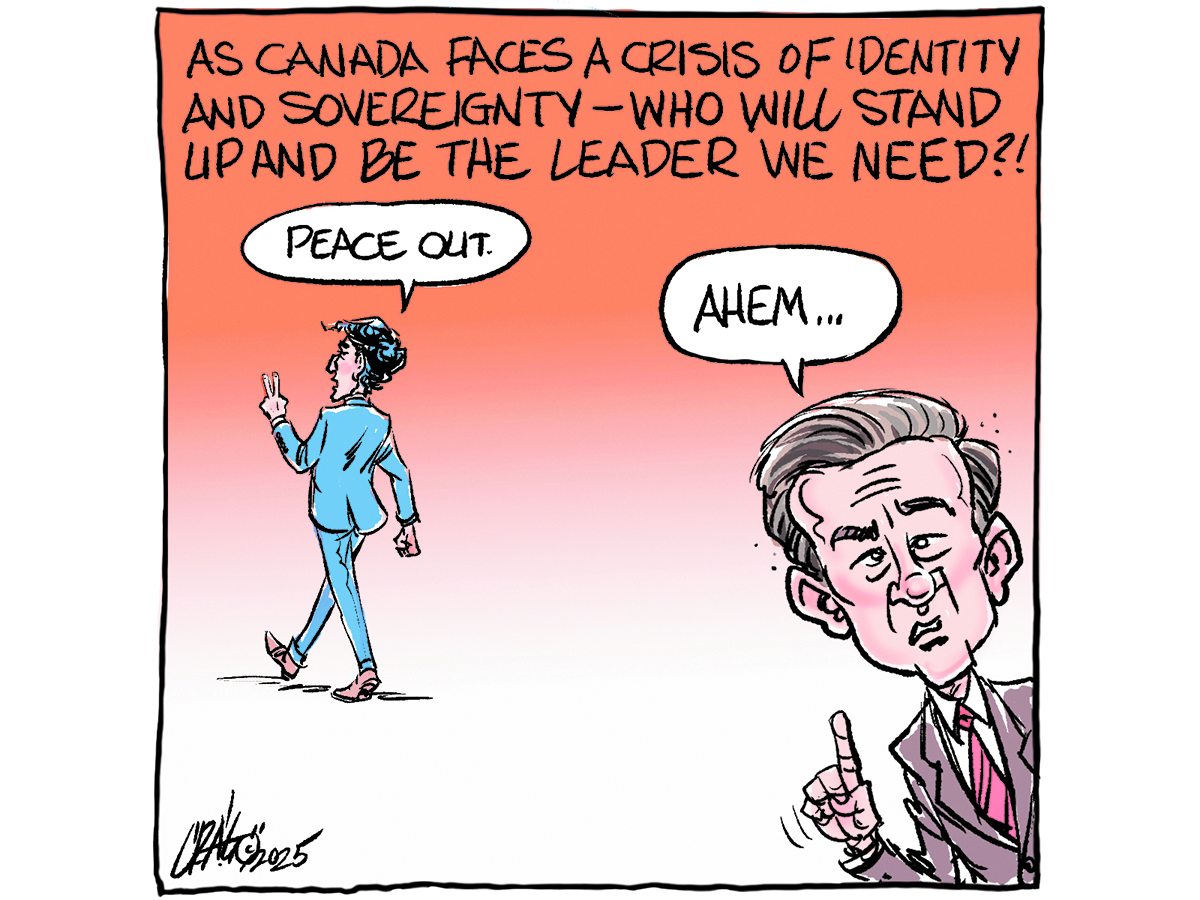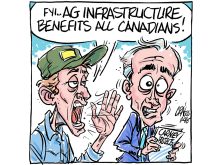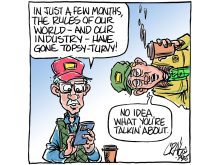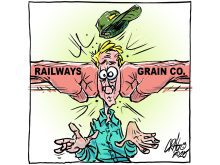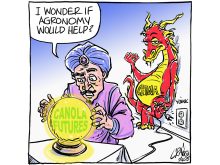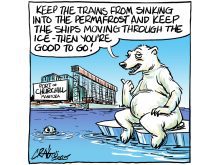Prairie farmers must be bitterly disappointed in the news earlier this month that the federal government is approving Bunge’s acquisition of Viterra, despite their strong opposition to the deal.
One can’t help but wonder what more they could have done to make Ottawa recognize their concerns.
Sure, the usual conditions were put on the transaction, including the sale of elevators, but most farm groups argue this wasn’t nearly enough.
Read Also

Invigor Gold variety viewed as threat to condiment mustard
Invigor Gold, the canola-quality mustard developed by BASF, is on a collision course with Canada’s condiment mustard industry. It’s difficult to see how the two can co-exist.
The conditions include the sale of six grain elevators in Western Canada, investing at least $520 million in Canada in the next five years, implementing governance measures aimed at maintaining G3 Canada’s independence and retaining Viterra’s head office in Regina for at least five years.
The elevators to be sold include five Viterra facilities and one Bunge elevator near Bunge’s canola crushing plants in Altona, Man., and Nipawin, Sask.
This appears to be an attempt to address concerns raised in a federal Competition Bureau report from last year about the impact the merger would have on canola prices in the areas where the Altona and Nipawin crush facilities operate.
“When considered over the volume of purchases in these areas, the aggregate impact of these price effects is likely to be $7 to $9 million in the Altona area and $8 to $10 million in the Nipawin area in lost farm revenues annually,” the bureau said.
However, the federal government ignored other concerns raised about the acquisition.
Four Prairie farm groups had asked three University of Saskatchewan agricultural economists to review the deal, and they expressed concerns over what it would do to competition at the Port of Vancouver.
“We estimate in our report that the restrictions at the Port of Vancouver alone could increase the export margin by $7.10 to $7.50 (per tonne),” one of the economists, Richard Gray, said last year.
“And if you take 75 million tonnes of production in Western Canada, well, that’s $500 million a year right there that would come out of producers’ pockets. It’s real dollars.”
The economists concluded that the only viable way to maintain current competition at the Port of Vancouver would be for Bunge to divest its port terminal interest in G3 Canada, in which Bunge is part owner.
There was no mention of this when Ottawa placed conditions on its approval of the merger.
Ottawa’s requirement that Bunge implement governance measures to maintain G3’s independence is likely related to concerns over what might happen if Viterra’s market share was combined with that of G3.
It was this concern in the U of S economists’ report that elicited some of the strongest reaction when Bunge chief executive officer Gregory Heckman wrote an op ed in May responding to the report.
The economists had assumed that “the merged enterprise will operate the G3 (Bunge) and Viterra grain export elevator capacities as a single firm.”
Heckman took exception to this.
“It would violate G3s fiduciary obligations to its shareholders and likely violate Canadian competition law. It simply doesn’t make sense, and it’s plain wrong,” Heckman wrote in his op ed.
In the end, the federal government addressed some of the concerns raised by farmers, the Competition Bureau and university economists but largely let the proposed deal go ahead.
This was the last major regulatory hurdle faced by the merger, and it is expected to go ahead later this year.
Only time will tell whether farmers’ worst fears will be realized.
Karen Briere, Bruce Dyck, Robin Booker, Paul Yanko and Laura Rance collaborate in the writing of Western Producer editorials.

